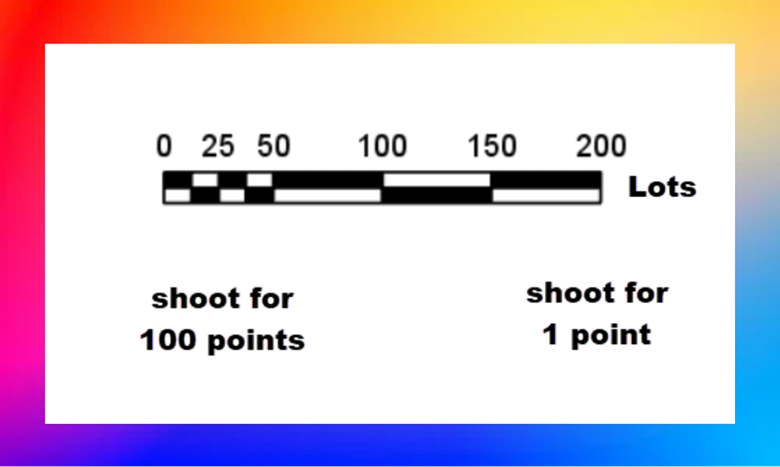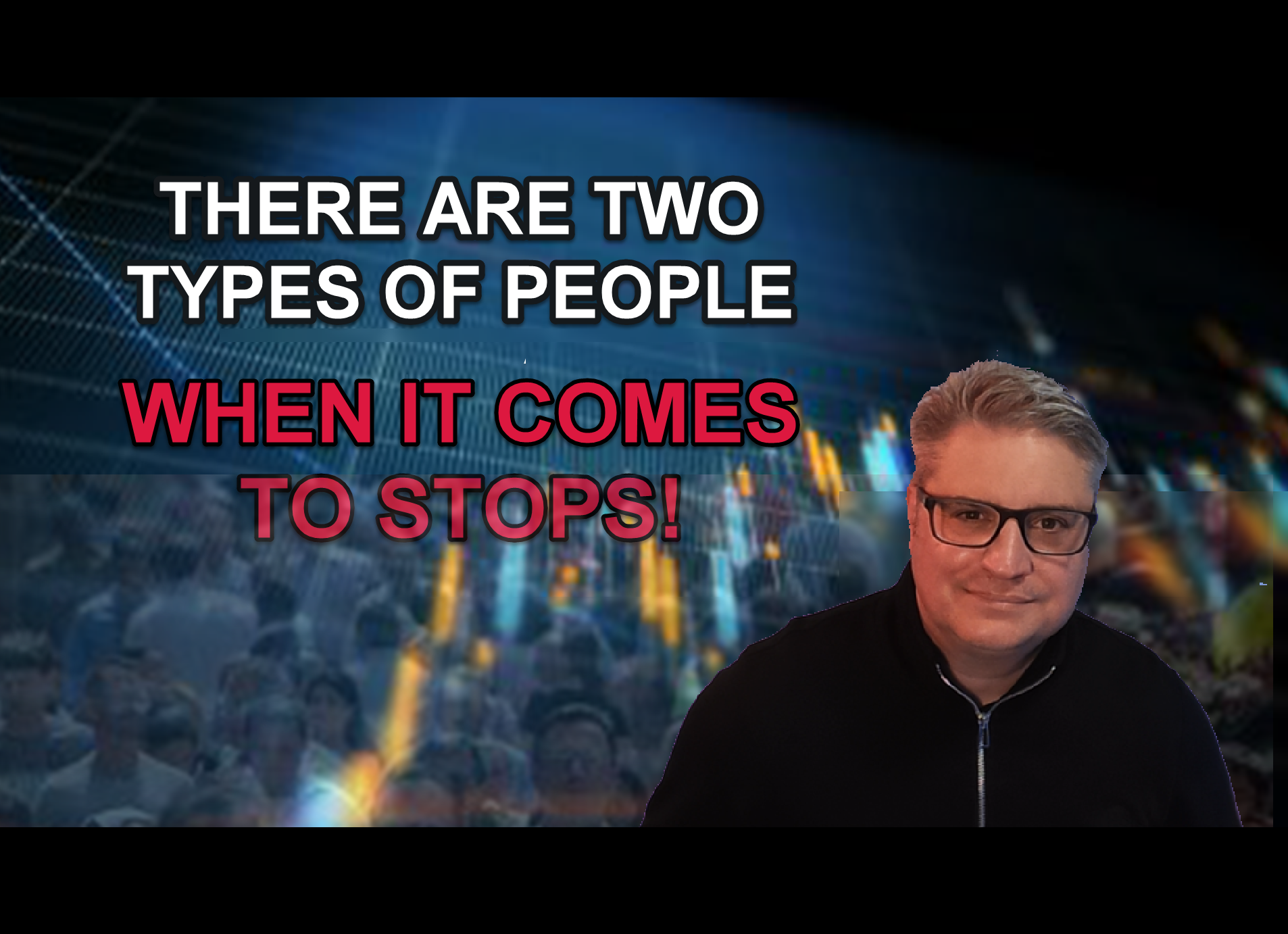Have you ever said the following?
• The market knows if I'm long or short.
• The market knows where my stop is.
• The market knows when I enter and reverses.
• The market knows my maximum pain point.
Yes, to all of them. Right?
Guess who else says it?
Answer: Everyone
And it's the most empowering realisation you'll ever encounter in trading. Tell you why in a minute:
What does it mean to move onside?
It means the price doesn't trade at a price worse than your entry.
Just imagine if every time you entered a trade, it always went in your favour immediately.
It means you can set yourself up for greater payouts without increasing your dollars risked. It means smaller moves working for you are much more likely; plus you get paid more often.
It’s how professionals operate…
Read MoreWhen you suffer a devastating loss, you might think to yourself:
• "You need deep pockets to endure such hits" and/or
• "Wow! It takes real guts to withstand those blows to your account." and/or
• You may know some other stories too. Agree?
But it's not about 'guts' at all. Not even close. Did you know the best traders, including the absolute elite showcased in the "Market Wizard" series, are fearful?
Read MoreYou're riding every little move up and down. Right?
"Will it move up?"
"How long's this going to take?"
"Maybe I've got this all wrong?"
"What if it gets worse?"
"Should I try to get out at breakeven?"
Every person who's ever traded has experienced this because there's only room for one hand on the mouse when you engage in the market. But...
Read MoreTruth is: "too often, stop loss levels are defined by pain, not rational assessment of risk" Brett SteenbargerIf you know how to spot people's behaviour as expressed through their trading - you have the foundation of a trading business that can prosper every-single-day. But there's a way your human behaviour can work for you.
Read MoreKnow the feeling?
You enter a trade and feel your heart racing as you watch the price move underwater.
You've made a mistake and have no choice but to crystalize a loss.
Suddenly price moves as you'd planned. You jump back in with a feeling of excitement and relief. You'll make that loss back and some in a minute.
But price moves against you for a second time and it's another loss.
You're feeling drained and frustrated. Agree?
In a minute you're going to learn:
Why it happens
How you avoid it
And how you monetise it
The following concepts create a potent cocktail of high-octane fuel to radically propel a trader from the development phase into successful trader status.
As we dive in consider how many of these points are counterintuitive. It will help you deepen your understanding of the game.
Let's go!
Professional traders see who the other traders are, how they trade and what makes them tick.
The stuff on the charts are tools to monetise, knowing who's doing what and why in the markets.
It’s this approach that removes the struggle from trading.
Read MoreIf you can start by defining good mentoring, you can determine if it's feasible and weed out what's unhelpful.
Your guide to choosing the right mentor
Read More4-step trading framework: Improving performance by solving common trader issues. Plenty to unpack here…
Read MoreNot surprisingly, traders are making a living by taking the other side of those traders who say:
"It'll come back"
"I'll give it a bit more room"
"I'm down so much now, I'll just wait 'til it gets back to breakeven"
And you know how this ends, right? So you can provide a service to traders who must exit the market as follows…
Read MoreCOT?
It stands for Commitments Of Traders report.
In this example, you'll see the Commitments Of Traders for AUD/USD futures plotted.
What can you see?













